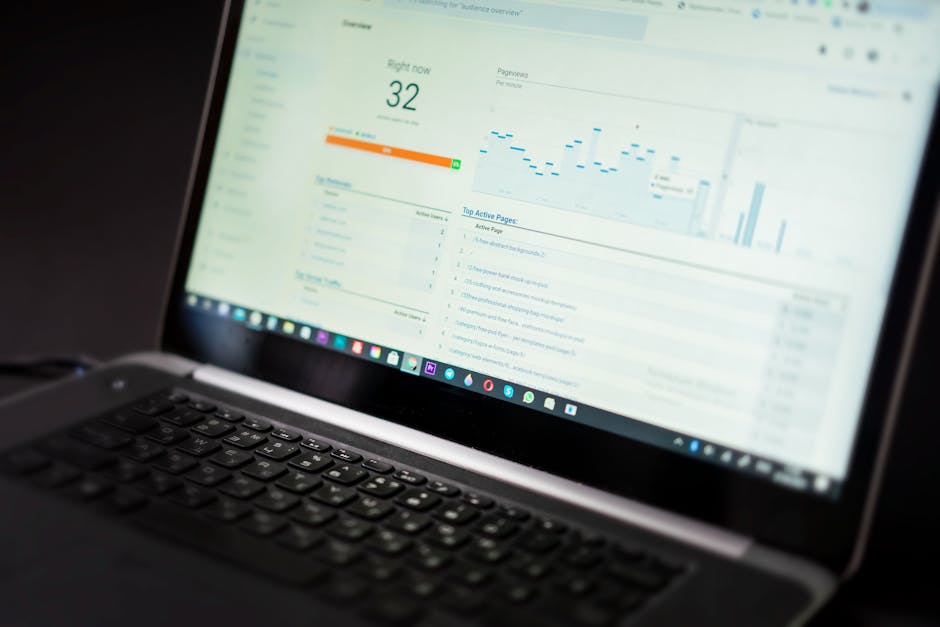
Freemium SaaS models have become the backbone of modern product-led growth strategies, and we’ve witnessed this shift firsthand through our journey building DemoGo’s interactive demo platform. Offering a free tier isn’t just a pricing choice—it’s an entire philosophy that reimagines how software is discovered, adopted, and expanded within organizations of all sizes.
Why Freemium Is So Powerful for SaaS Growth
The heart of a freemium approach is its ability to remove all friction from initial product adoption. By providing real, hands-on value at zero cost, we let potential users experience our platform without fear of commitment or risk, dramatically widening the top of the funnel. This isn’t just theory—the numbers and trends across the SaaS landscape show explosive adoption rates when a freemium tier is available, particularly for tools designed to foster engagement and collaboration.

How Freemium Powers Product-Led Growth (PLG)
Product-led growth strategies revolve around letting the software itself drive user acquisition, activation, and eventually, expansion. Freemium is a natural match for this philosophy because it:
- Lets users discover value on their own. Prospects can explore key product features at their pace rather than being pushed through traditional sales funnels.
- Encourages organic advocacy. Happy freemium users share what works for them, fueling viral, word-of-mouth growth and lowering acquisition costs.
- Collects actionable usage data. Every click and workflow in the freemium tier helps us refine our onboarding, prioritize features, and design upgrade paths that genuinely meet user needs.
For SaaS builders, this means faster learning cycles—feedback from thousands of active free users provides a more honest product-market fit check than any sales call ever could.
The Virtuous Cycle: Freemium, User Adoption, and Viral Growth
With a free, self-serve entry point, product adoption accelerates naturally. Here’s why:
- Zero risk equals massive reach. Without barriers, experimentation flourishes. Budget-conscious stakeholders or cautious IT managers can safely explore before advocating for wider adoption.
- Network effects and internal champions. As teams use your tool, it becomes easier to expand seats and introduce premium features organically, since users already trust the platform.
- Upgrade triggers are user-led, not sales-driven. When the product gently nudges users towards paid tiers based on actual usage (like team size or feature unlocks), conversions feel natural—not forced.
All of this creates a self-sustaining growth engine where every active user becomes both a lead and a potential advocate.
Designing an Effective Freemium Funnel: Key Principles
Building a successful freemium model means thinking through every layer of the user journey, from initial sign-up to power-user upgrades.
Free Tier Boundaries
- We ensure our free version of DemoGo gives real value—enough to experience interactive demos, but with clear, fair limitations (like reduced customization or self-hosting options kept for premium).
- This approach increases activation: new users see the platform’s true strengths, while growing teams organically spot reasons to upgrade.
User Guidance
- Our onboarding flows and interactive guides help users find success fast (critical for time-to-value metrics), without needing expert support or sales involvement.
Natural Upgrade Triggers
- We use usage-based signals—like step or page count caps, or the need for self-hosting—to indicate when upgrading makes sense, creating a positive, non-coercive upsell moment.
This combination helps DemoGo’s freemium users turn into loyal customers, minimizing buyer’s remorse and maximizing long-term value.

Metrics That Matter in Freemium PLG
Effective product-led growth doesn’t happen by accident. Here’s what we track to measure freemium impact:
- Activation Rate: What percentage of signups actually create and use their first demo?
- Time to Value: How quickly does a new user reach their first aha moment—such as completing a guided walkthrough?
- Product Qualified Leads (PQLs): Which freemium users are engaged enough to be likely to upgrade, and when?
- Conversion Rate: What portion of active free users move to paid tiers—and why?
- User Expansion: How often do individuals or teams increase their usage and adopt new features?
Importantly, these metrics help us avoid common pitfalls, like making the free tier either too restrictive (stunting adoption) or too generous (eliminating upgrade incentives).
Freemium Isn’t Set-and-Forget—Continuous Optimization Is Key
We’ve learned that freemium works best with an iterative, data-driven approach. Regularly analyzing user journeys, support queries from free plans, and feature engagement helps us:
- Refine onboarding so users find value fast, reducing friction.
- Adjust free/paid feature gating, keeping incentives balanced.
- Discover new routes to expansion, such as adding integrations or analytics crucial for scale-ups.
Our philosophy: every point of friction in the free experience is an opportunity—both to unlock product improvements and to design smarter, more user-centric paid offerings. If you want to see more on optimizing onboarding, we recommend our deep dive on why interactive SaaS walkthroughs are outperforming traditional video tutorials.
Interactive Demos Supercharge Free-to-Paid Conversion
Having a freemium model is only part of the equation. We’ve found that pairing free access with interactive product tours rapidly accelerates the journey toward paid adoption. Many users want to see what’s possible before they commit—even on a free tier—and high-impact demos lower anxiety while boosting user training.
Because DemoGo lets users create and self-host demos with no browser plugins needed, teams evaluate the real product environment instantly, making the leap from free exploration to paid implementation feel seamless and secure. If you’re curious about security or control, take a look at our article on why self-hosting matters for SaaS demos.
Common Challenges (and How to Avoid Them)
- Over-delivering on free: If your free tier does everything most users need, there’s little incentive to upgrade. We purposely balance usability and limitations to create real “aha” moments in paid tiers.
- Poor user guidance: Without onboarding and helpful walkthroughs, many freemium users churn before seeing value. User education is constant work, not a one-time feature.
- Lack of data tracking: If you’re not measuring behaviors within your free cohort, you miss out on PQL signals and feature upgrade triggers. Modern analytics should be integrated from day one.
The Future: What’s Next for Freemium and Product-Led SaaS?
Freemium is here to stay, but it’s evolving. As user expectations rise, so does the sophistication of upgrade triggers, segmentation, and personalized onboarding—sometimes even leveraging AI to predict ideal expansion moments. For growth-focused SaaS teams, the challenge isn’t just acquiring more users, but enabling successful adoption journeys that justify conversion to paid, customized at the team or enterprise level.

Getting Started: Tips for SaaS Teams
If you’re considering a freemium tier or want to improve your current model, here’s our advice from experience:
- Map the core outcomes your product delivers. Your free tier should enable users to reach at least one meaningful, standalone result.
- Connect activation to key workflows. Guide users to engage with product elements that generate value quickly, and use interactive demos to bridge any gaps.
- Balance product-led pathways with appropriate human touchpoints. Freemium doesn’t mean zero support—high-value opportunities may benefit from additional guidance.
- Use analytics to segment free users. Identify which behaviors correlate with upgrades and create tailored messaging or education around those journeys.
- Don’t undervalue internal evangelists. Make it easy for users to share, collaborate, or pitch the tool within their organizations, driving bottom-up expansion.
To learn more about refining your growth strategy with interactive demos, check out our article on boosting SaaS lead generation with interactive content.
Conclusion: Freemium and PLG—The New Normal in SaaS
Freemium SaaS models, when thoughtfully executed, do so much more than increase sign-ups. They build trust, speed up time-to-value, reduce buyer anxiety, and fuel rapid user adoption. Best of all, they enable product-led strategies that drive continuous learning—about your users, your market, and your path to long-term revenue growth.
We’ve built DemoGo on these principles because we believe the best way to win in SaaS is to give real value up front. If you’re ready to explore a new approach to onboarding, demo creation, or sales enablement without barriers, try our freemium plan and see how fast you can start accelerating your own product-led growth story.
